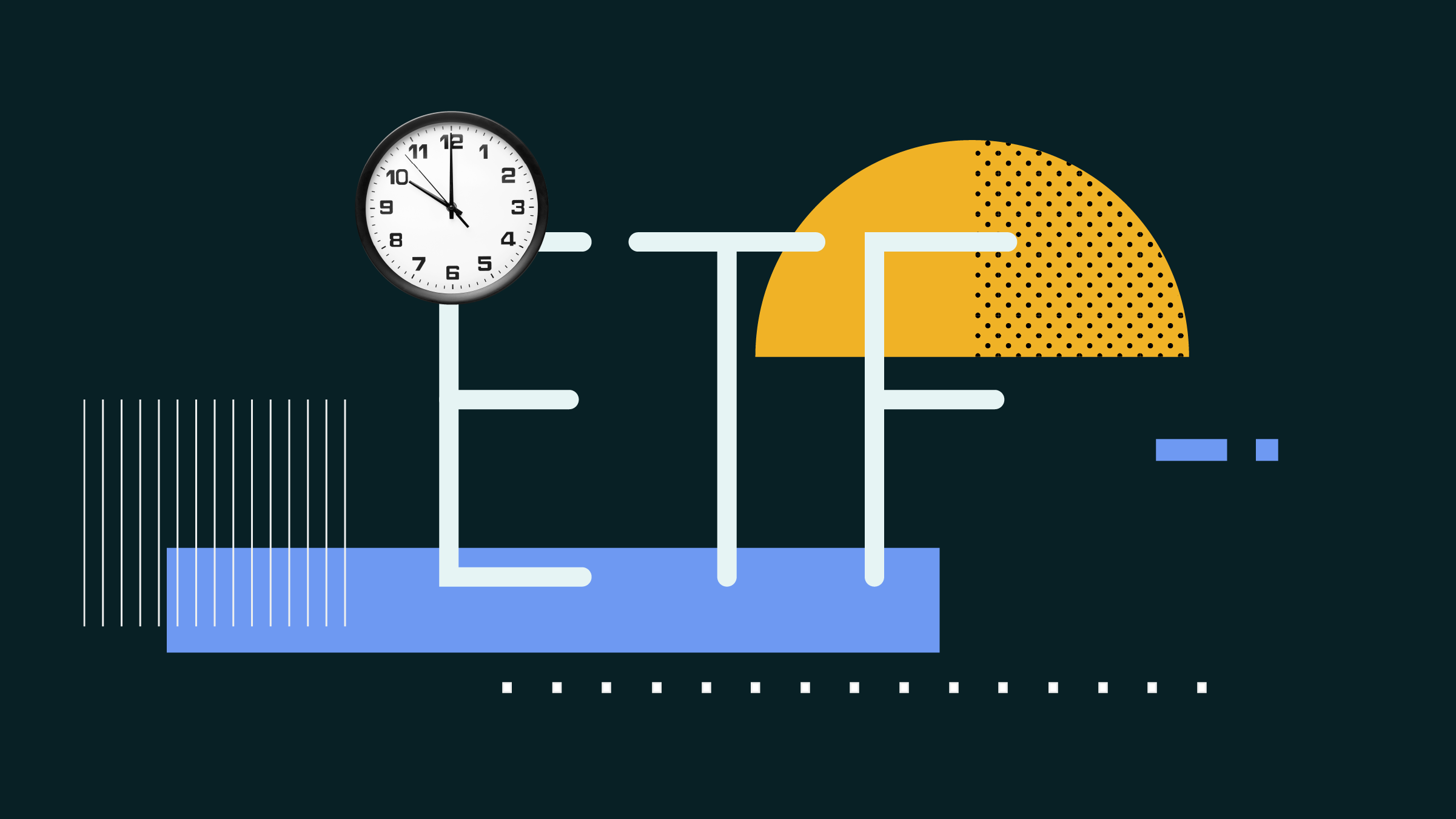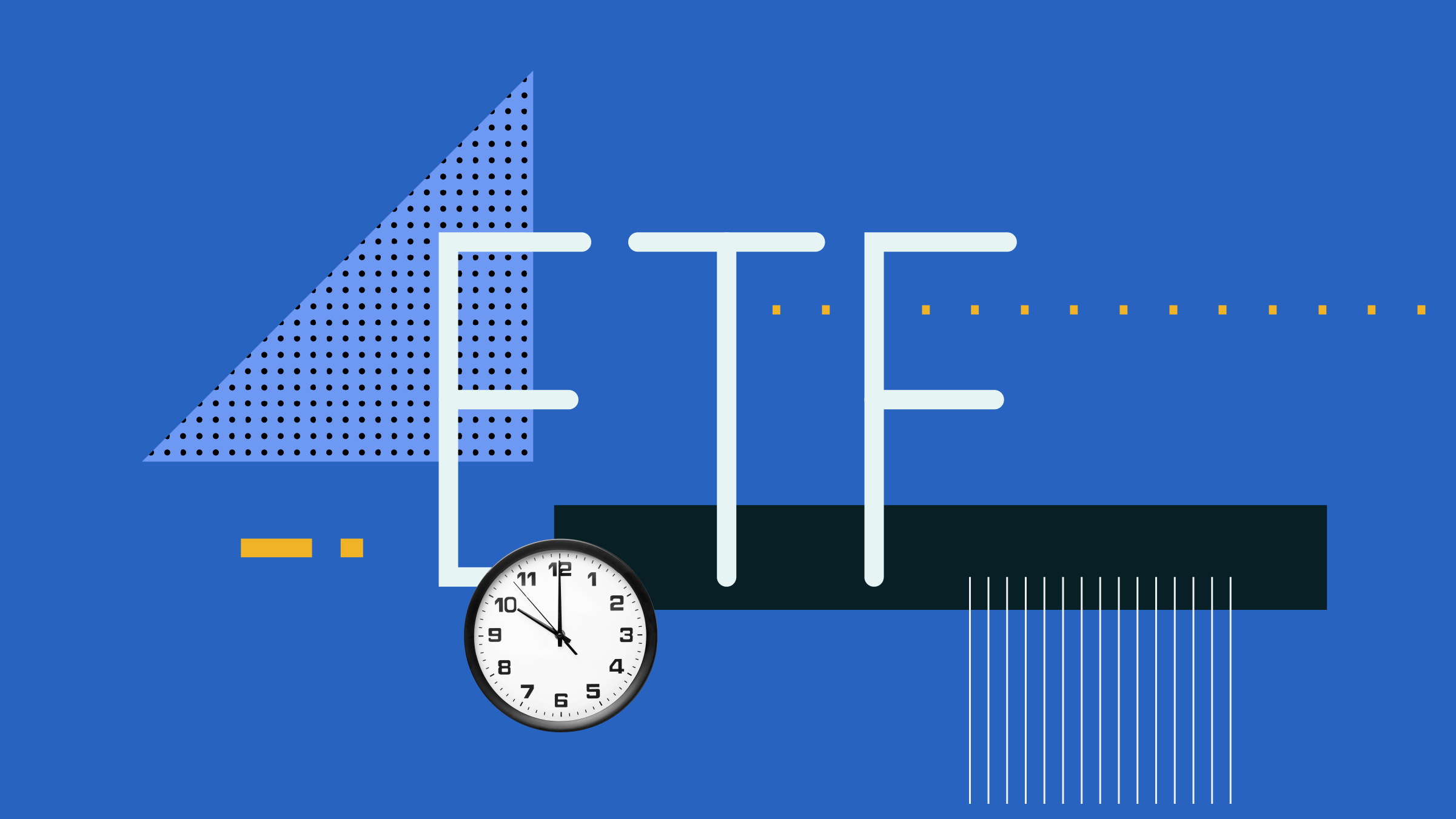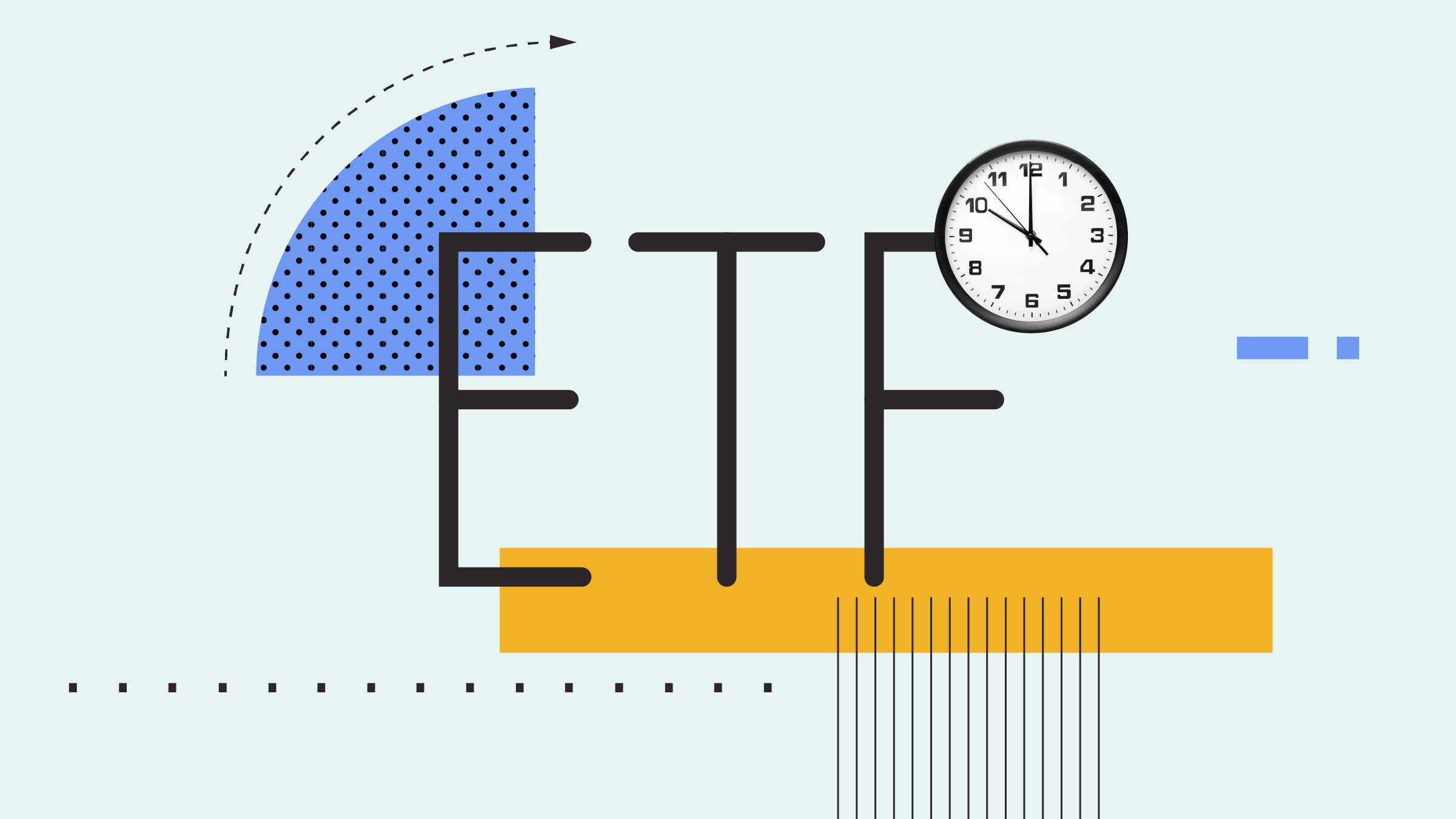Note: This article is part of Morningstar's September 2015 The road to retirement special report.
If the notion of a sure thing appeals to you as part of your retirement-income portfolio, guaranteed minimum withdrawal benefits (GMWB) are one alternative. Available through segregated-fund policies offered by a number of life-insurance companies, they're a form of insurance against market crashes.
Given the loss experience for the insurance companies during the 2008-2009 bear market, don't expect GMWBs to provide the same level of crash protection as they once did. At the same time, since investors in GMWBs accept equity-market risk during the accumulation stage of these insurance policies, it's reasonable to expect GMWBs to generate higher returns over time than annuities.
GMWB policies and annuities have a few characteristics in common. They're both offered by life-insurance companies. Both require individuals to hand over lump sums of money in return for a stream of guaranteed payouts.
But the similarities between the two end there. Here are five key differences between GMWBs and annuities:
- GMWBs are complicated, with an array of investment choices, fee schedules and contract provisions. Annuities are simple and straightforward, with purchase costs clearly spelled out.
- GMWB payouts vary widely, depending on investment returns and various options available to the policyholder. Annuity payouts are generally fixed amounts, though some may be indexed to inflation.
- GMWB costs are high, with management-expense ratios that bundle together fund management, operating expenses and an insurance fee. Annuity costs are relatively low, and are bundled into the annuity yield.
- GMWB payouts are potentially much higher because of equity-market exposure. Annuity payouts are low, reflecting the low interest-rate environment.
- GMWBs are highly flexible, allowing cash withdrawals, new contributions, and timing and amounts of payouts according to the policyholders' needs. You can be simultaneously in an accumulation phase and an income phase. Annuities lock you into an agreed-on payout schedule and you no longer own or control the assets.
GMWB policies were pioneered in October 2006 by Manulife, whose hugely popular IncomePlus offering attracted billions of dollars in sales and prompted other life insurers -- including Sun Life, Desjardins and Industrial Alliance -- to launch competing policies.
From their inception through mid-2008, one of the knocks against GMWBs was their high fees and the purportedly low probability of benefiting from their guarantee provisions. Segregated funds are more costly than mutual funds to begin with, and at the time the fees for the extra level of security afforded by GMWBs ranged up to 0.85% a year on top of the seg fund's management-expense ratio.
Yet the benefits were generous too. Reset provisions enabled policyowners to lock in higher payout levels if the markets went up. Those who deferred taking any payouts until later years were also amply rewarded.
During the bear market of 2008-2009, GMWB guarantees and payout bonuses paid off. GMWB policyholders were protected from the severe losses experienced by most investors. Instead, it was insurance-company executives and shareholders who felt the pain as sizeable reserves had to be set aside to cover crash-related policy liabilities.
Since the post-crash period, GMWB provisions have been watered down considerably to make them actuarially sound. While GMWB programs no longer cost as much as they once did, they don't provide as much protection either. Today's GMWB investors must accept more market risk, and weaker provisions for enriched payouts.
For instance, Manulife's original GMWB program, IncomePlus, featured automatic resets every three years of the base amounts held in the policy if the market value was higher than the current guaranteed value.
Under the current successor program, called Manulife RetirementPlus, provisions to lock in guarantees and income levels apply only after the policyowner has completed the transition to the "preservation phase" of the program. This stage requires all policy assets to be transferred to Manulife RetirementPlus Guaranteed Income, which invests almost entirely in Canadian bonds and cash instruments.
Another perk that has been pared back is the concept of "income bonuses." As with the reset provisions, these are not cash deposits, but they increase the base amounts used to calculate future payouts. The bonuses are awarded in years when policyowners do not make withdrawals.
Back in 2007, when market interest rates were several points higher than they are now, the bonus amount at Manulife was set at 5%. Now it's less than half that amount, and fluctuates every month, because it's based on the 10-year Government of Canada benchmark yield plus 50 basis points.
At mid-September, that worked out to 1.99%. Therefore, on a month-end market value of $100,000, a Manulife client would earn a monthly income bonus of $165.83 (1.99% times $100,000 divided by 12). Again, it must be noted that the bonus is a notional amount for calculation purposes, not a cash deposit.
One aspect of GMWBs that hasn't changed is their flexibility in terms of the amounts of payouts and when they're taken, notes Marie Gauthier, assistant vice-president, segregated funds, at Manulife Investments.
Once policyowners have reached the preservation stage of the RetirementPlus program, they'll be able to increase their future payouts substantially if they wait for a few years. According to one hypothetical example provided by Manulife for illustration purposes only, a client would have received 31% more income per year by holding off until age 70, than if she began taking income at 65.
As Gauthier points out, the actual payouts received will depend in part on a formula that factors in market interest rates at the time that the client elects to start receiving income. Other factors include the age, sex and whether the insurance policy is for single life or a joint-life option.
Are GMWBs still worth considering? If so, there must be some perceived value associated with their relatively high fees compared to uninsured investments. MERs for segregated funds in equity categories are mostly 2.70% or higher, often much higher. Fixed-income funds frequently have MERs of 2.5% or more, which is higher than the yields on the bonds they hold.
These fees pay for various guarantee provisions and insurance features. Some of the provisions are specifically associated with GMWB policies. In addition, all segregated funds provide some levels of maturity guarantees and death benefits, plus protection from creditors and exemption from probate fees. Your personal circumstances will determine which of these life-insurance benefits and features may have value.
Finally, enrolling in a GMWB and employing an advisor go hand in hand. There are no "self-directed" GMWB programs, and given their complexity this makes sense. Whether a GMWB represents good value will therefore also depend in part on what financial planning and other services the insurance agent is willing and able to provide.



















